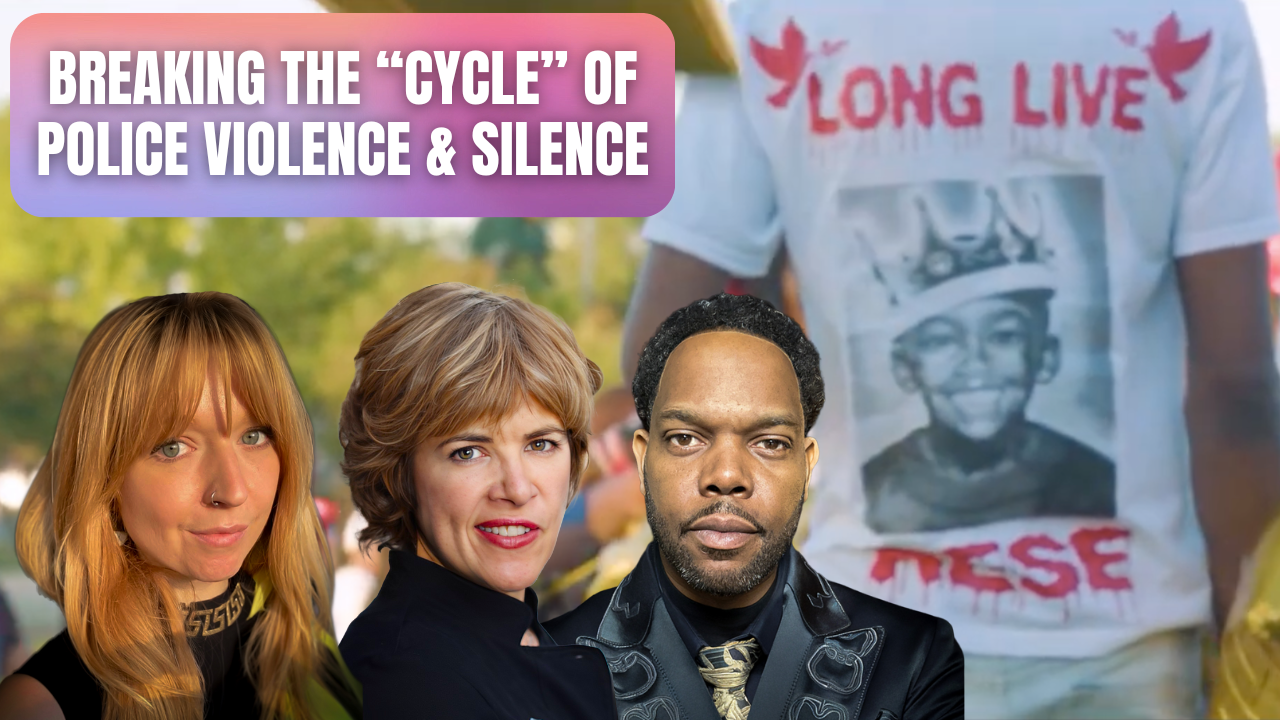As Hurricane Ida approached the Gulf Coast this August, exactly sixteen years after Hurricane Katrina, all eyes were on New Orleans’ new levee system. The city levees that failed so disastrously back then have been invested in and rebuilt since, part of a $14.5 billion federal government spend on storm protection that includes pumps, floodgates, drainage and a mile-and-a-half-long sea wall.
The levees didn’t fail this time, and you could almost hear the sigh of relief, not to mention the salivating chops of contractors, keen to get a piece of the $3.5 trillion infrastructure package currently being negotiated in the Senate. President Biden, among others, is calling for extensive public investment to lower emissions and combat the effects of climate change. But what sort of investment? Investment in what?
MacArthur “genius award” winning landscape designer Kate Orff believes that gray infrastructure, like levees and flood gates and sea walls, can only take us so far. The infrastructure we need is not gray, but green. She believes we have to do the opposite of pouring concrete:
“We have to de-pave and remove the mistakes that we’ve made in the built environment.” Particularly, she says “we have to soften, rather than further harden our shorelines.”
Meanwhile on the Gulf, Colette Pichon Battle, of the Gulf Coast Center for Law and Policy points out that Ida’s storm surge came nowhere close to Katrina’s, and traveled a very different path. The great sea walls that have been built did mitigate flooding in the city, she says, but they weren’t really tested, and it was a different story outside the system.
In Houma and Plaquemines Parish, some people got as much as eight feet of water into their homes, Battle told me this week for the show.
While it might sound like the levees held or those seawalls worked, it’s of little consequence for the folks whose homes lie outside those walls or who have lost their homes already.
On Main Street in downtown Houma, storefronts were blown out and walls torn down. “This was our Katrina, this was Houma’s Katrina,” one resident told WAFB news.
If thousands of people can sustain devastating damage even when an expensive sea wall system works perfectly, investing in more sea walls just may not be the answer, much as contractors’ hearts may leap at the price tag.
Orff insists that ecology itself is the infrastructure of the future. Her work with oysters, and reeds and communities at risk restores and harnesses—rather than resists—natural systems to adapt to change even as we work to mitigate it.
You can find out more, in our conversation this week on the Laura Flanders Show, on public television and across the US, and community radio, free, and listener and viewer supported. You can also stream the premier with us live, Sunday mornings, or watch anytime on YouTube. Find out more at lauraflanders.org.








Leave a Reply